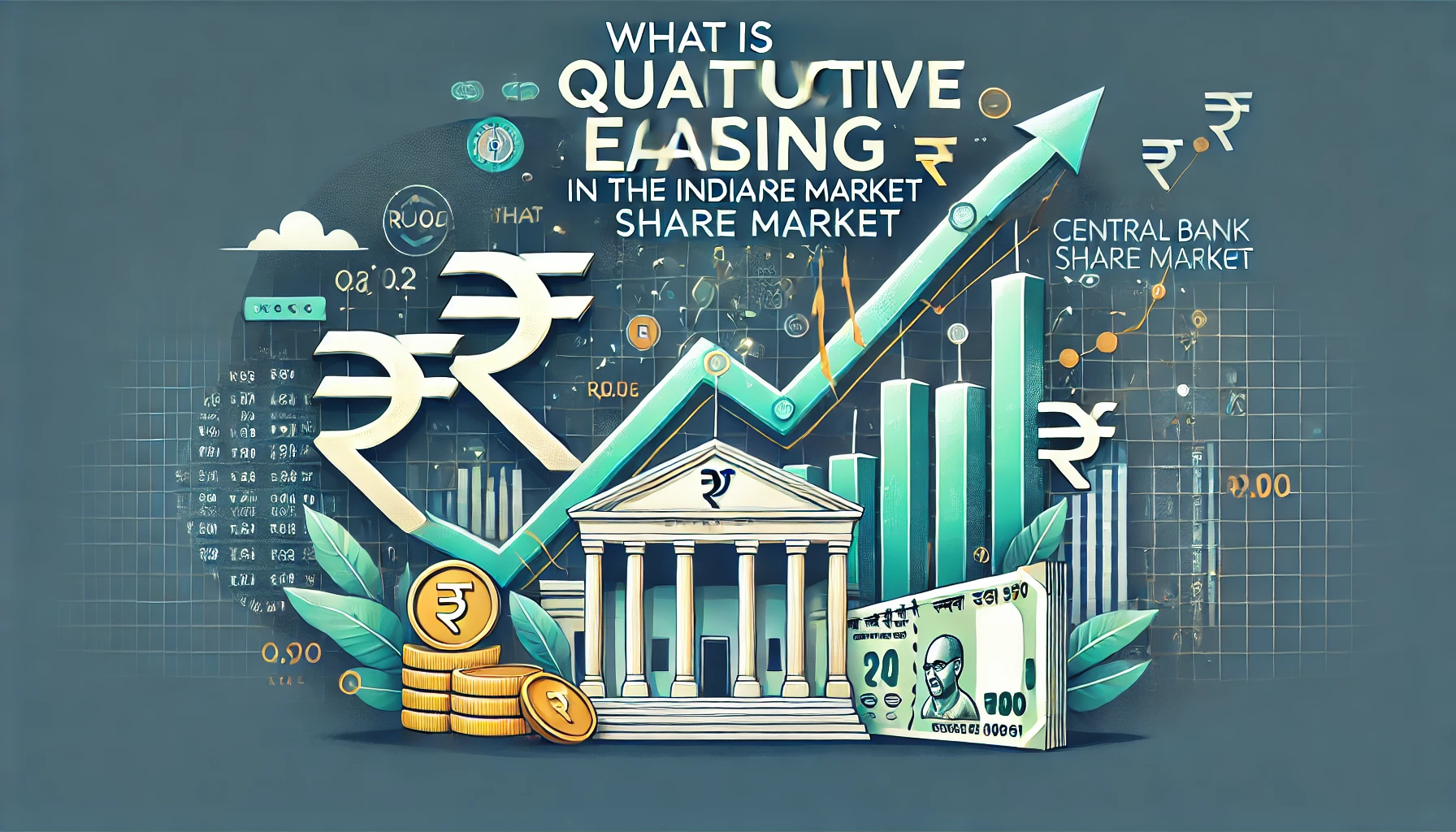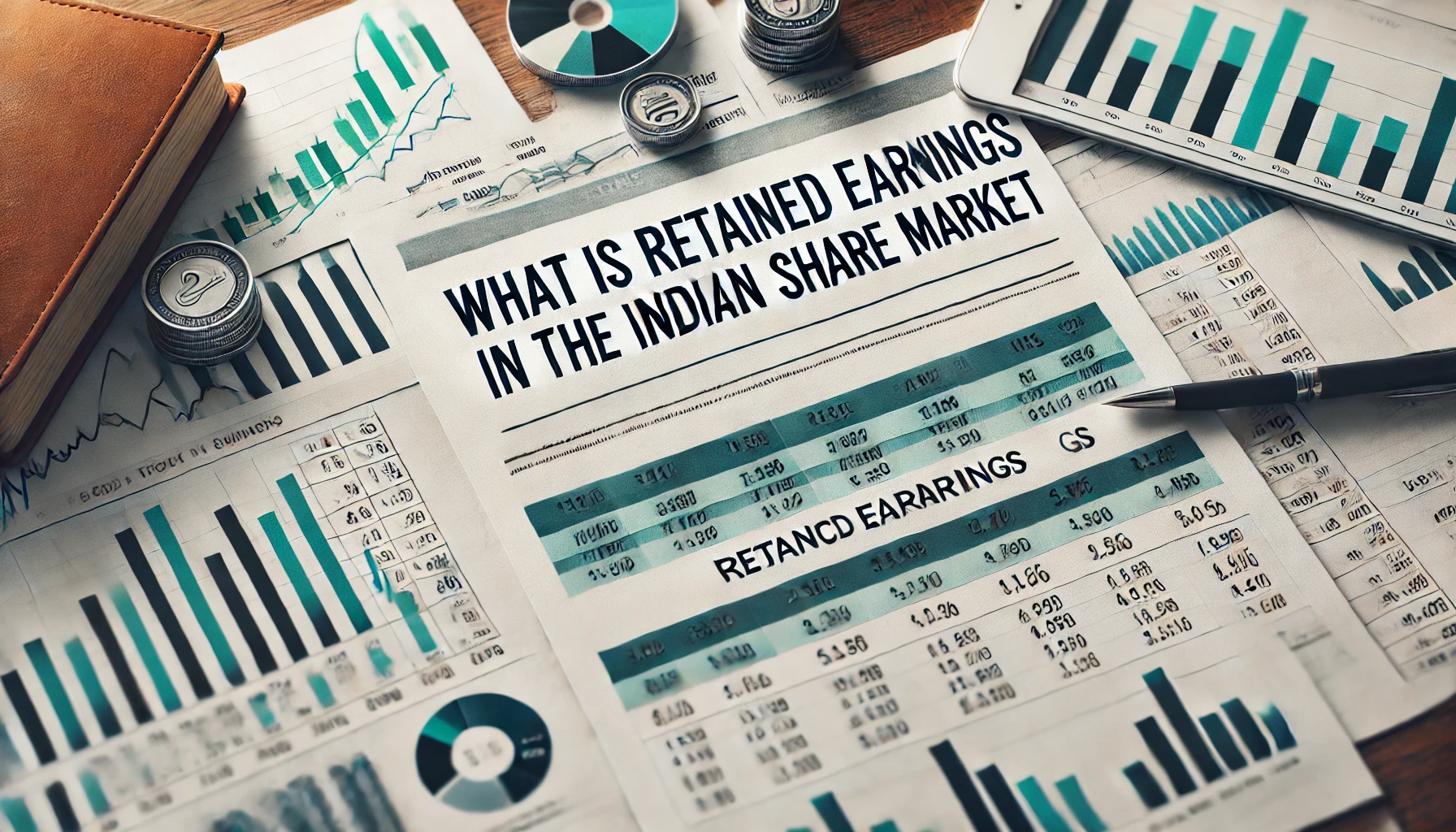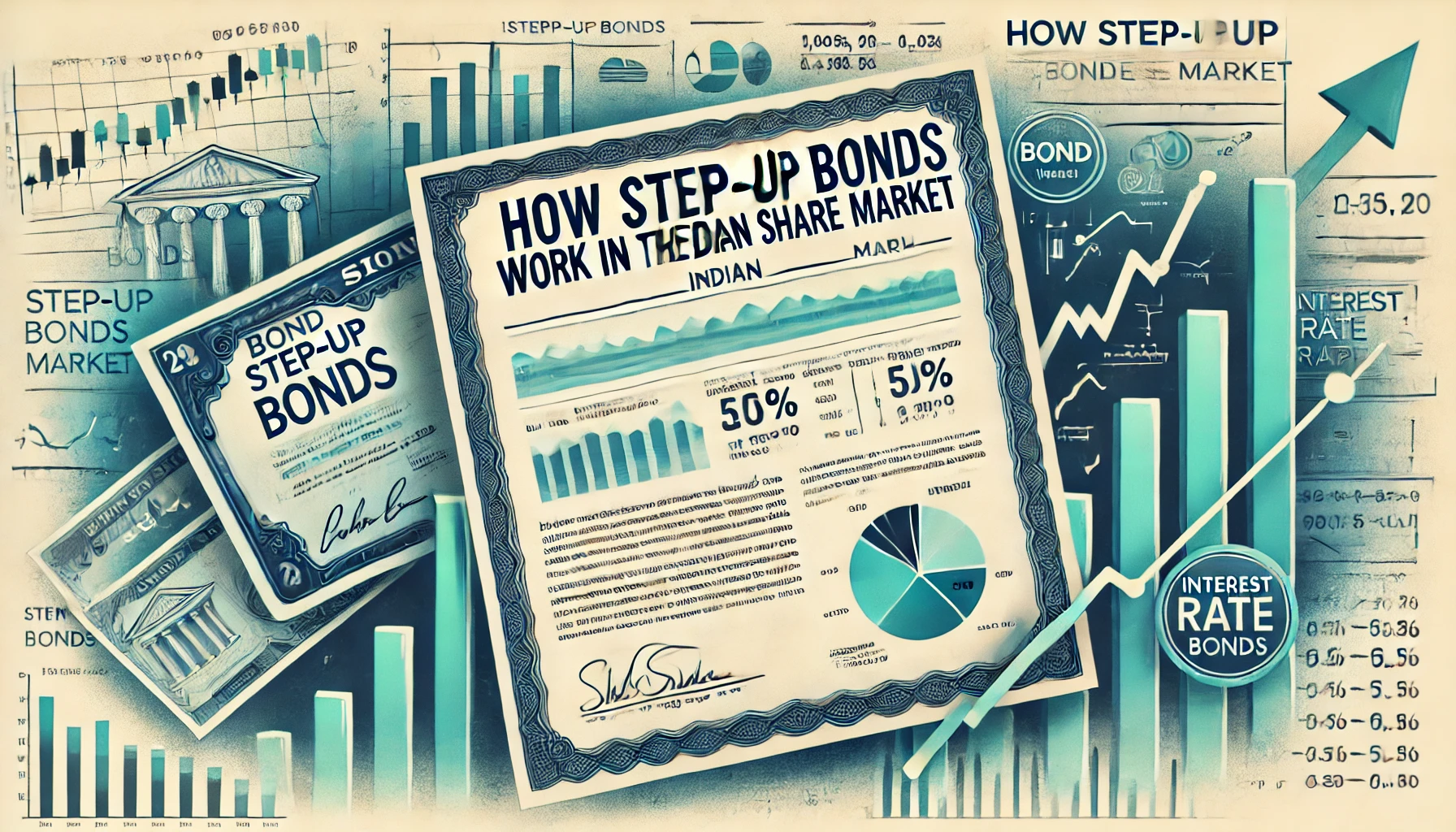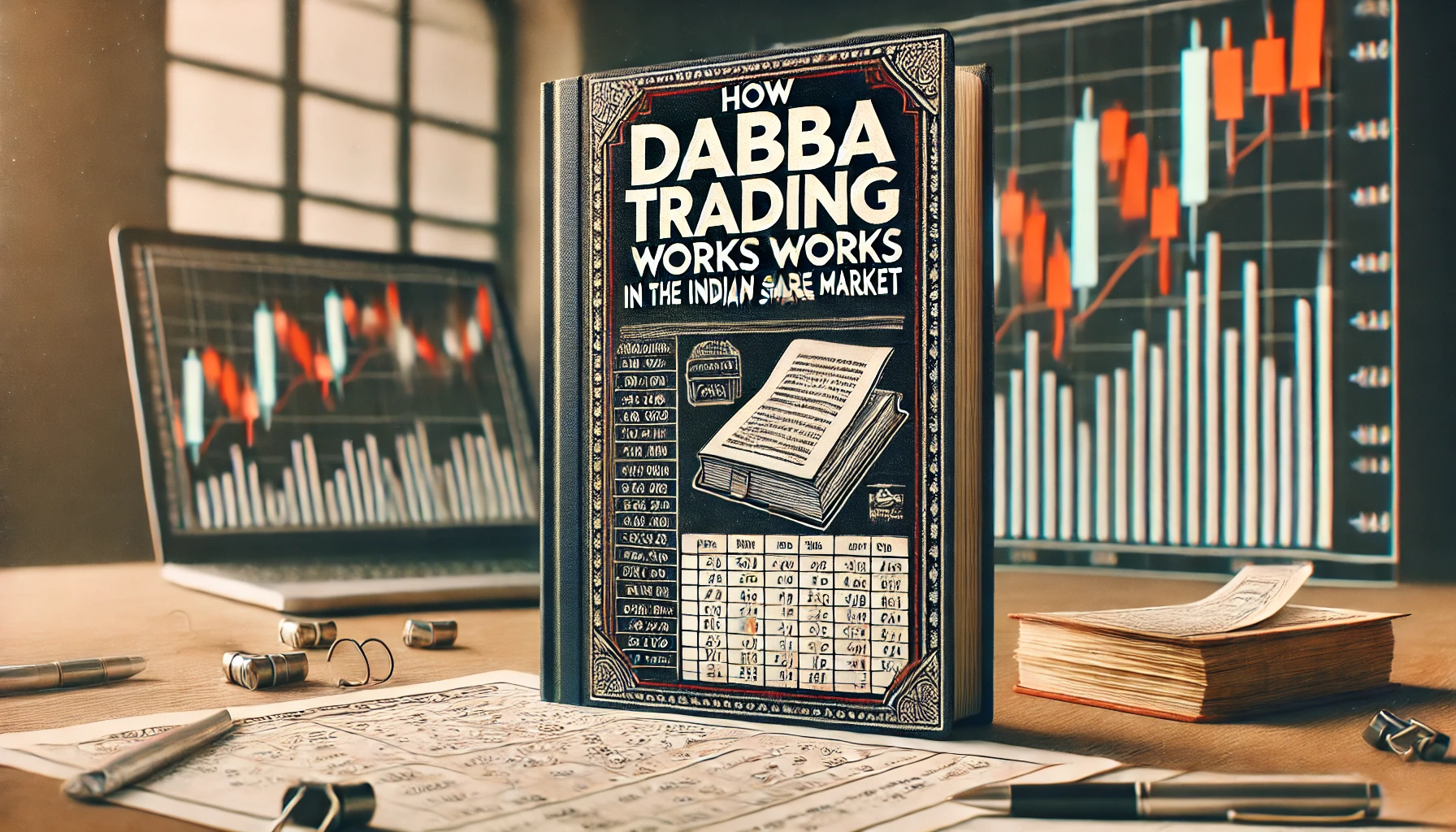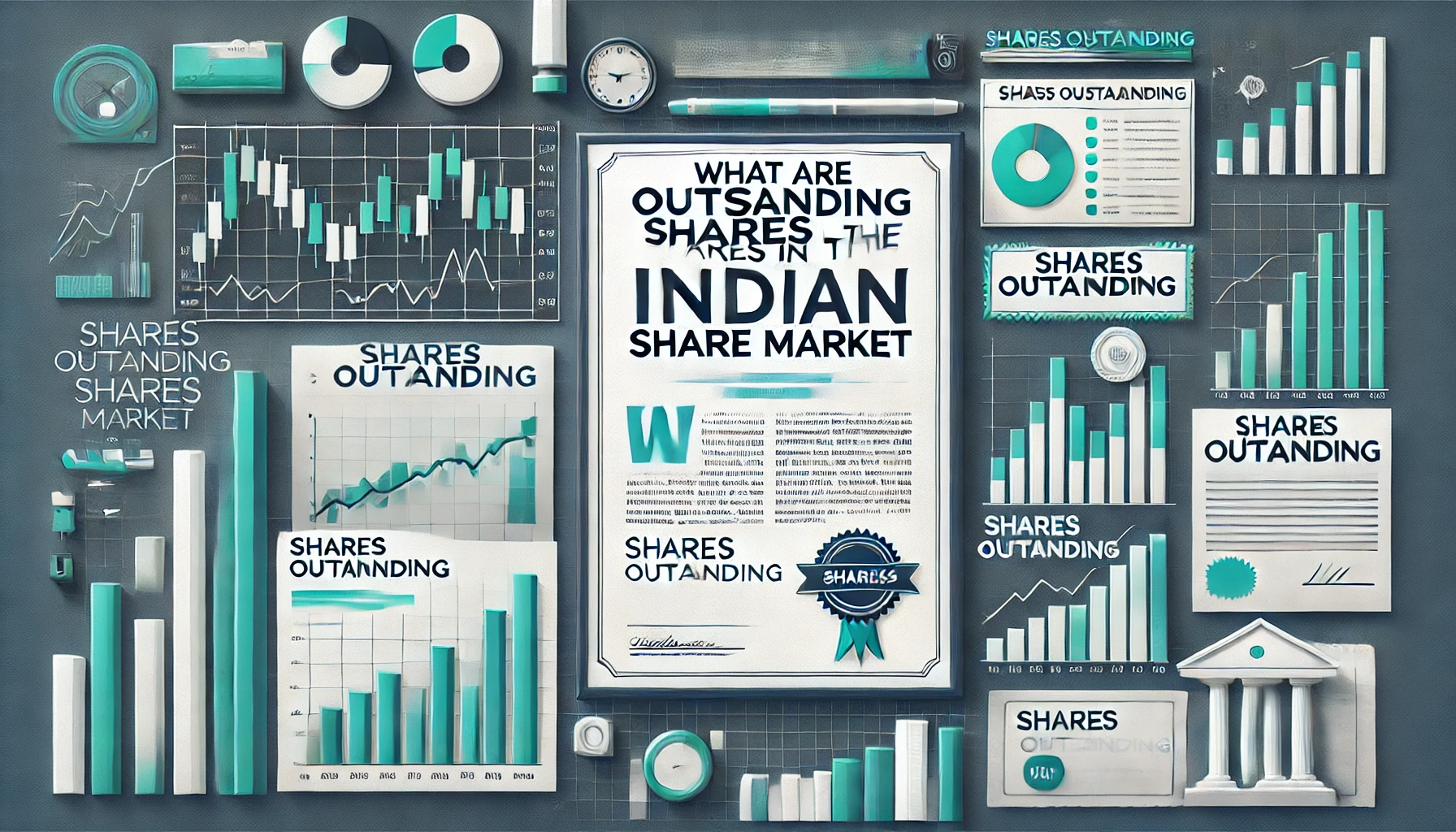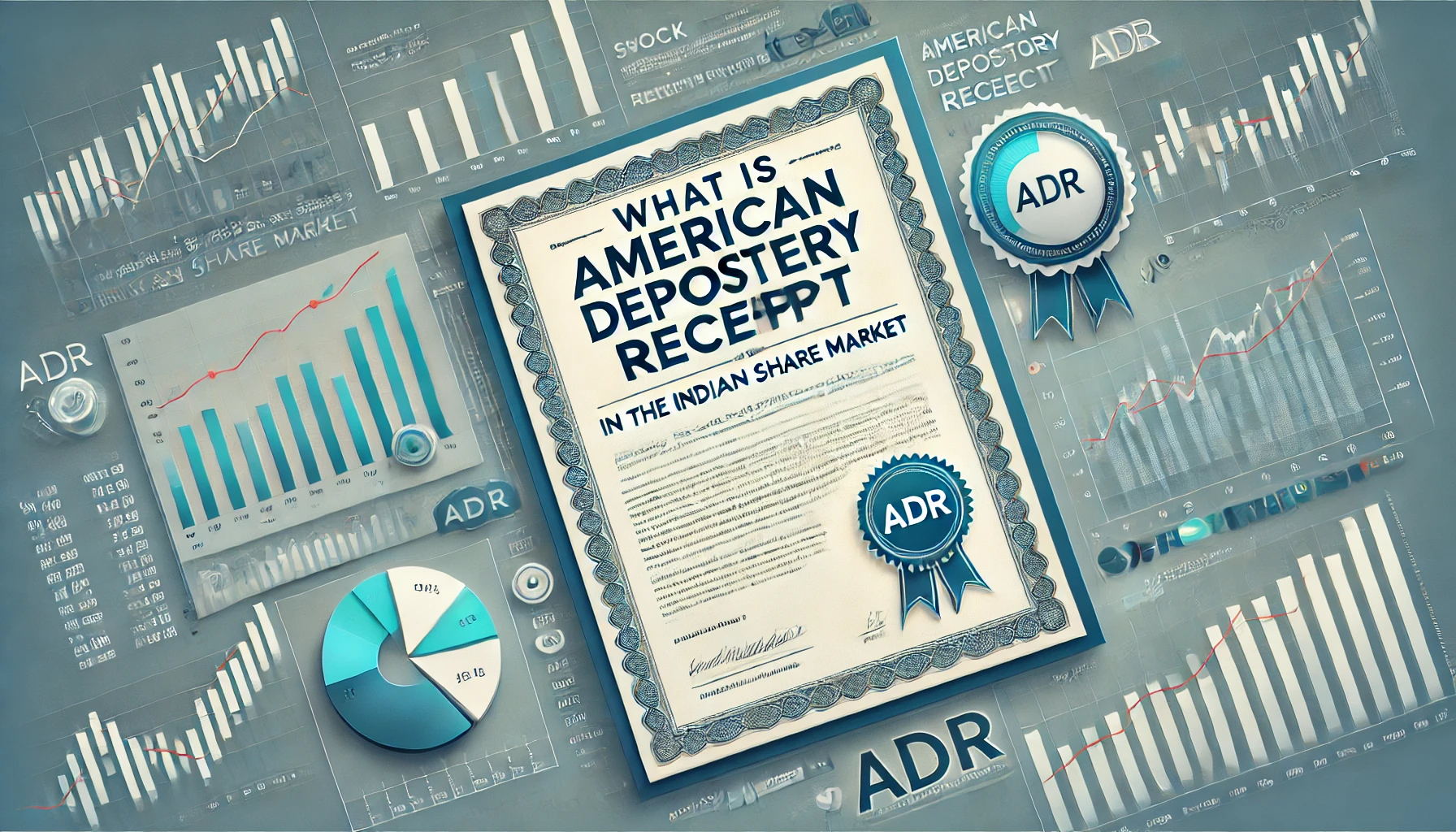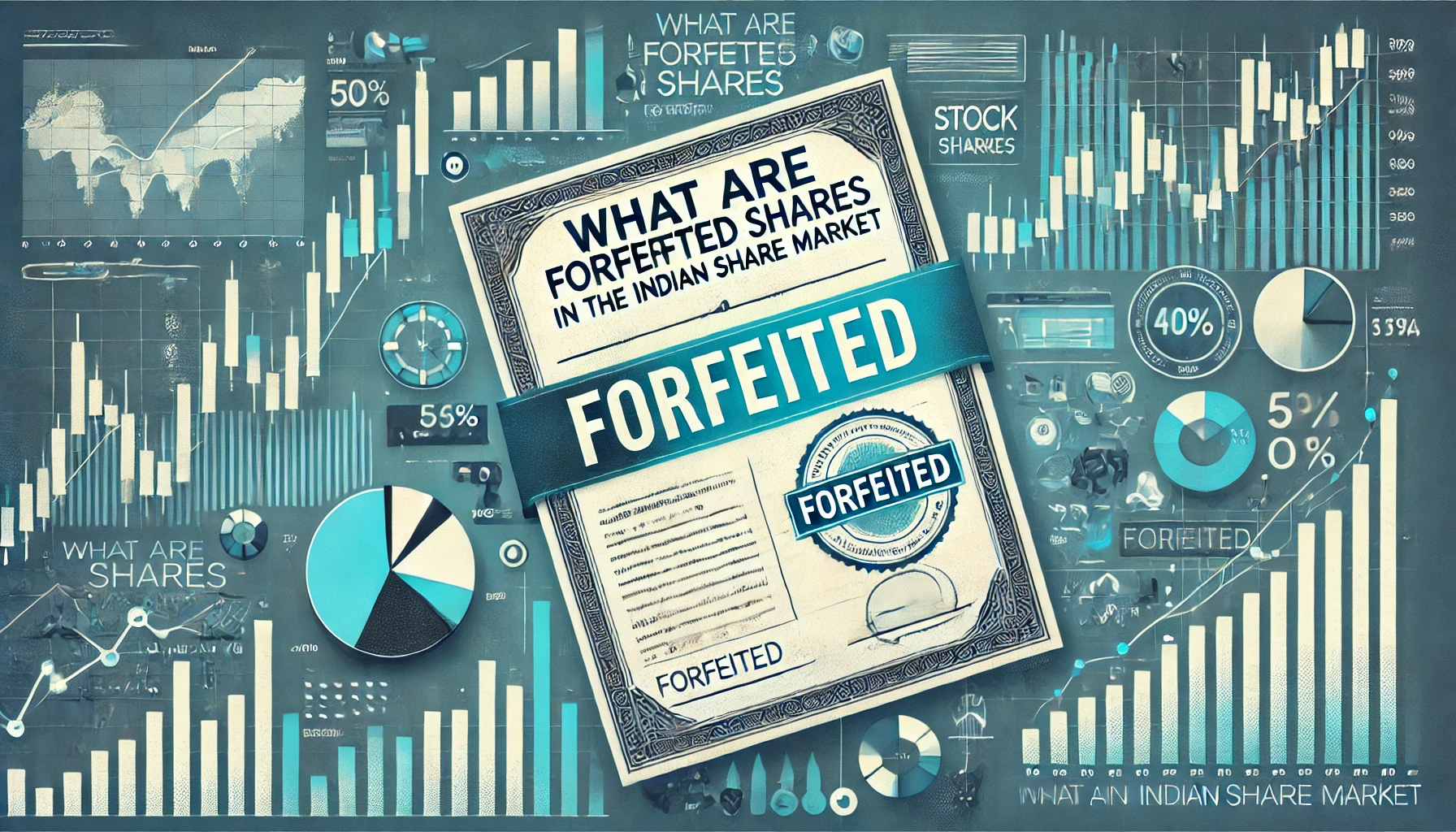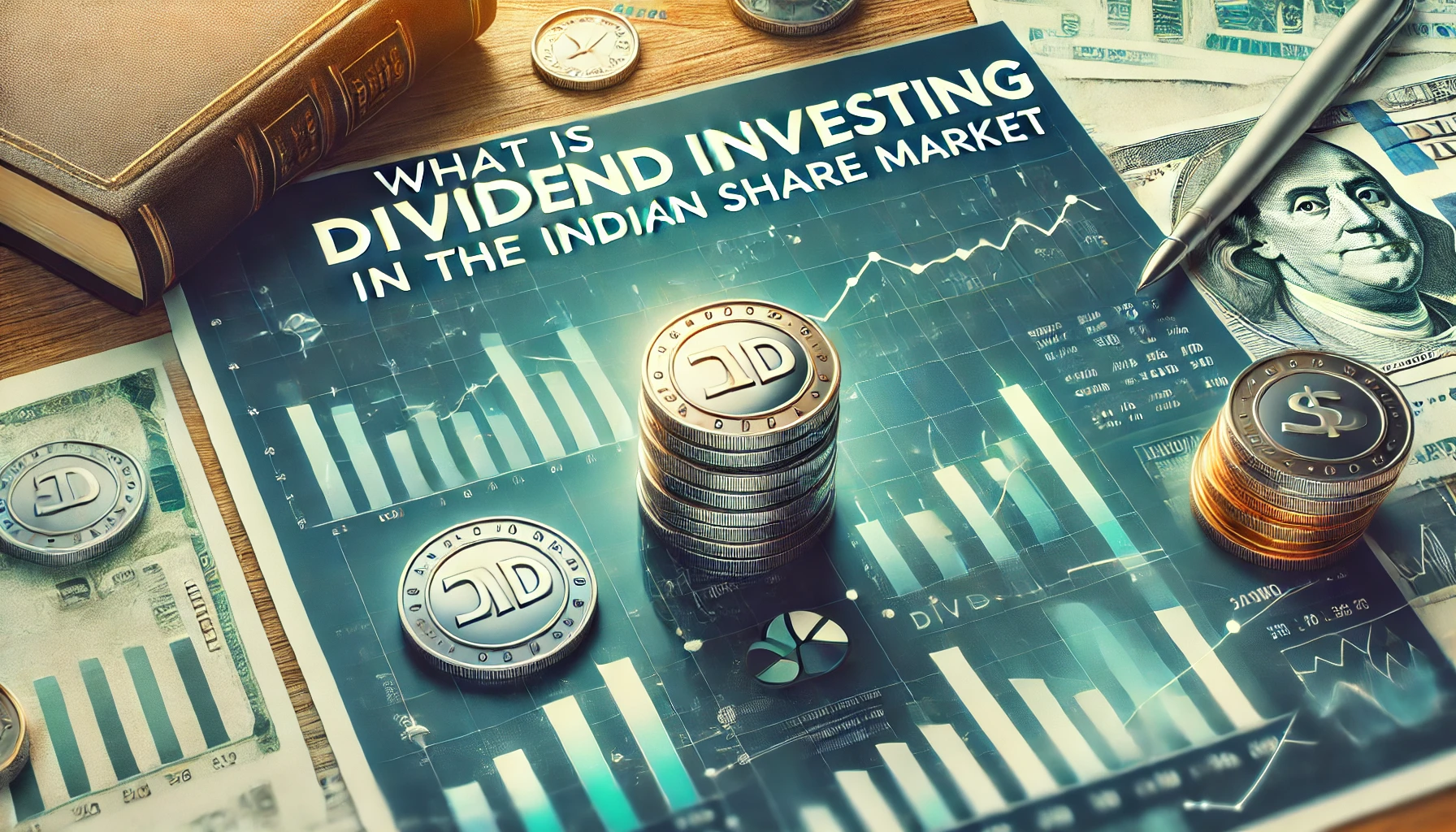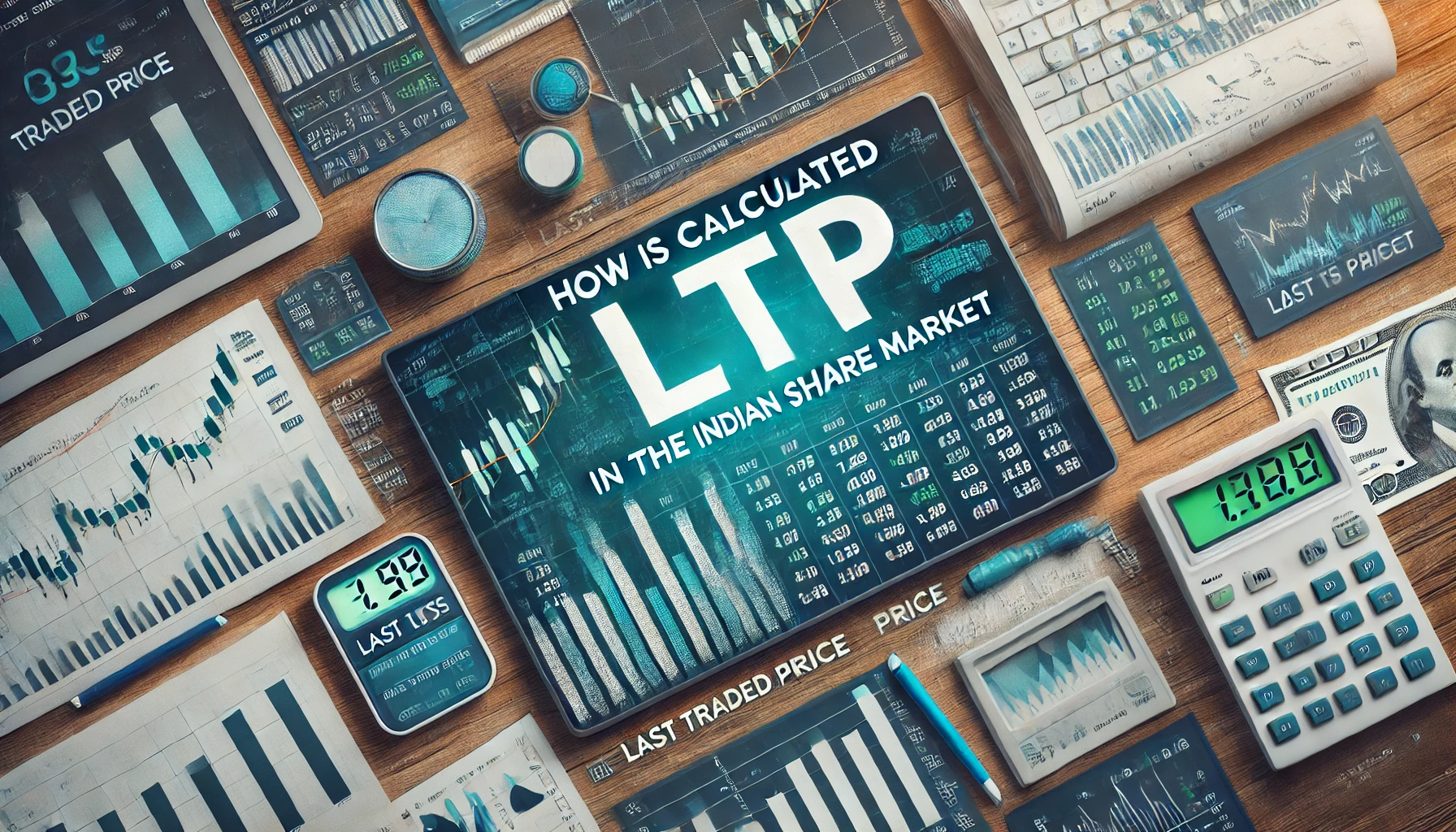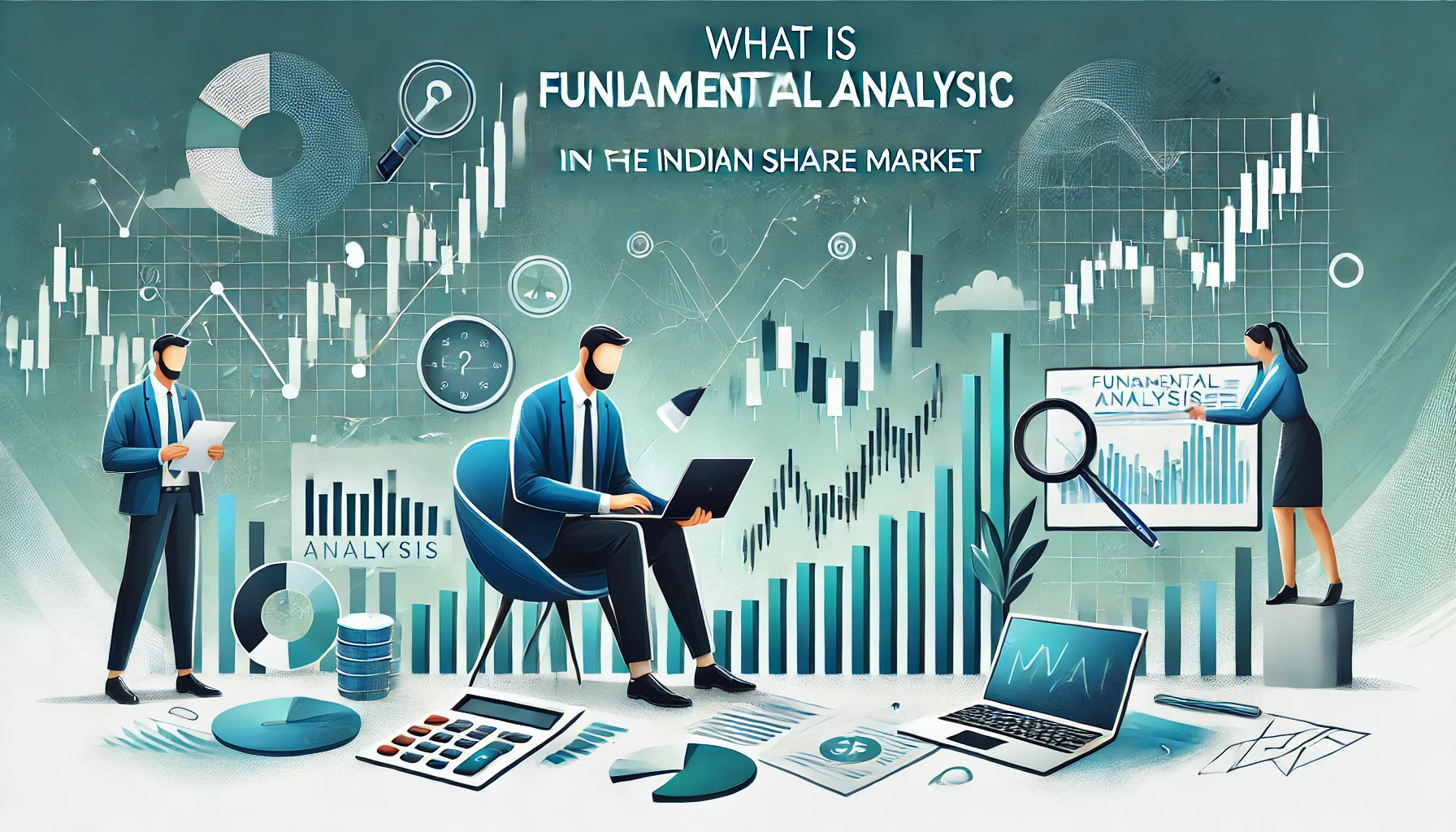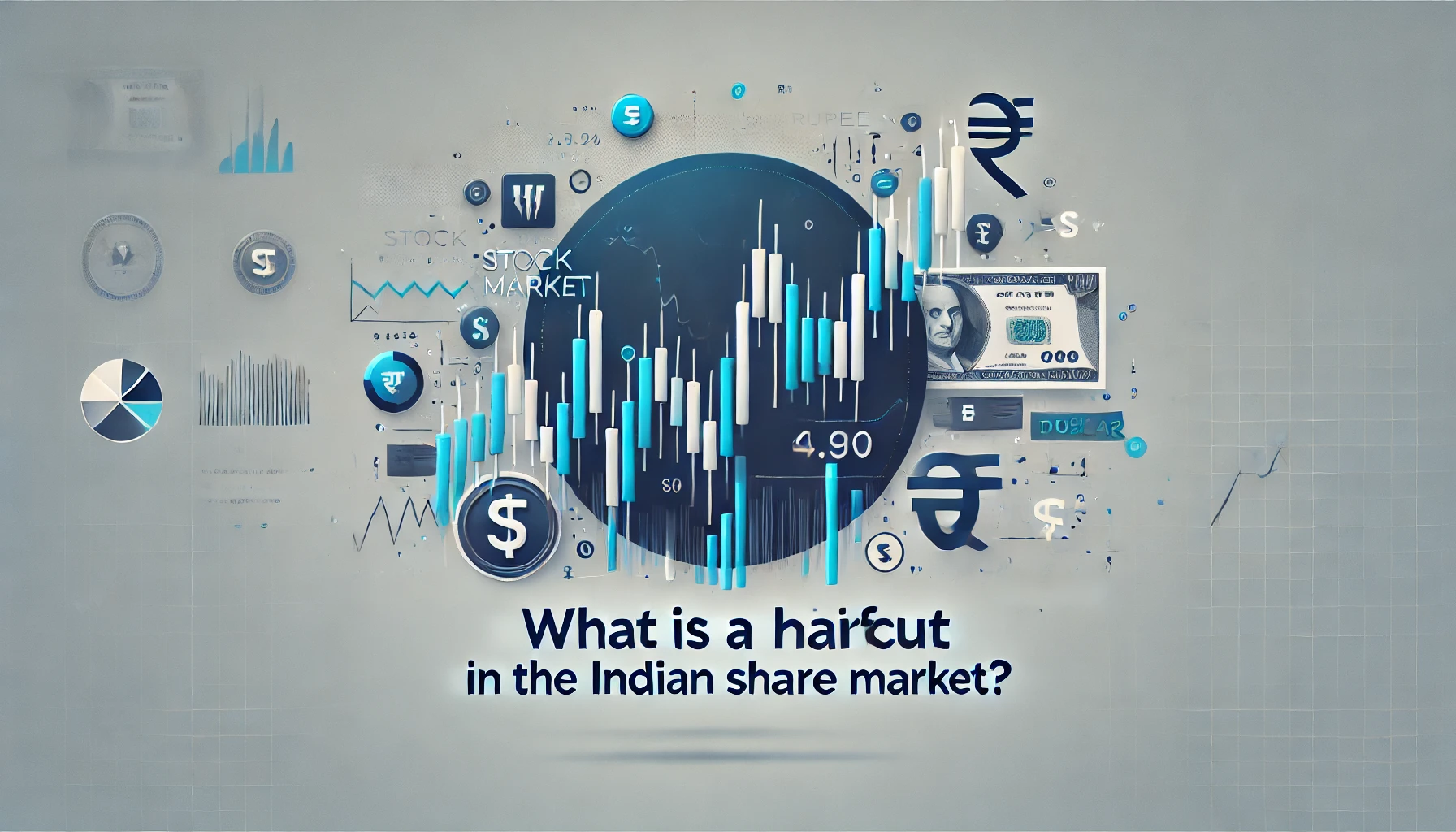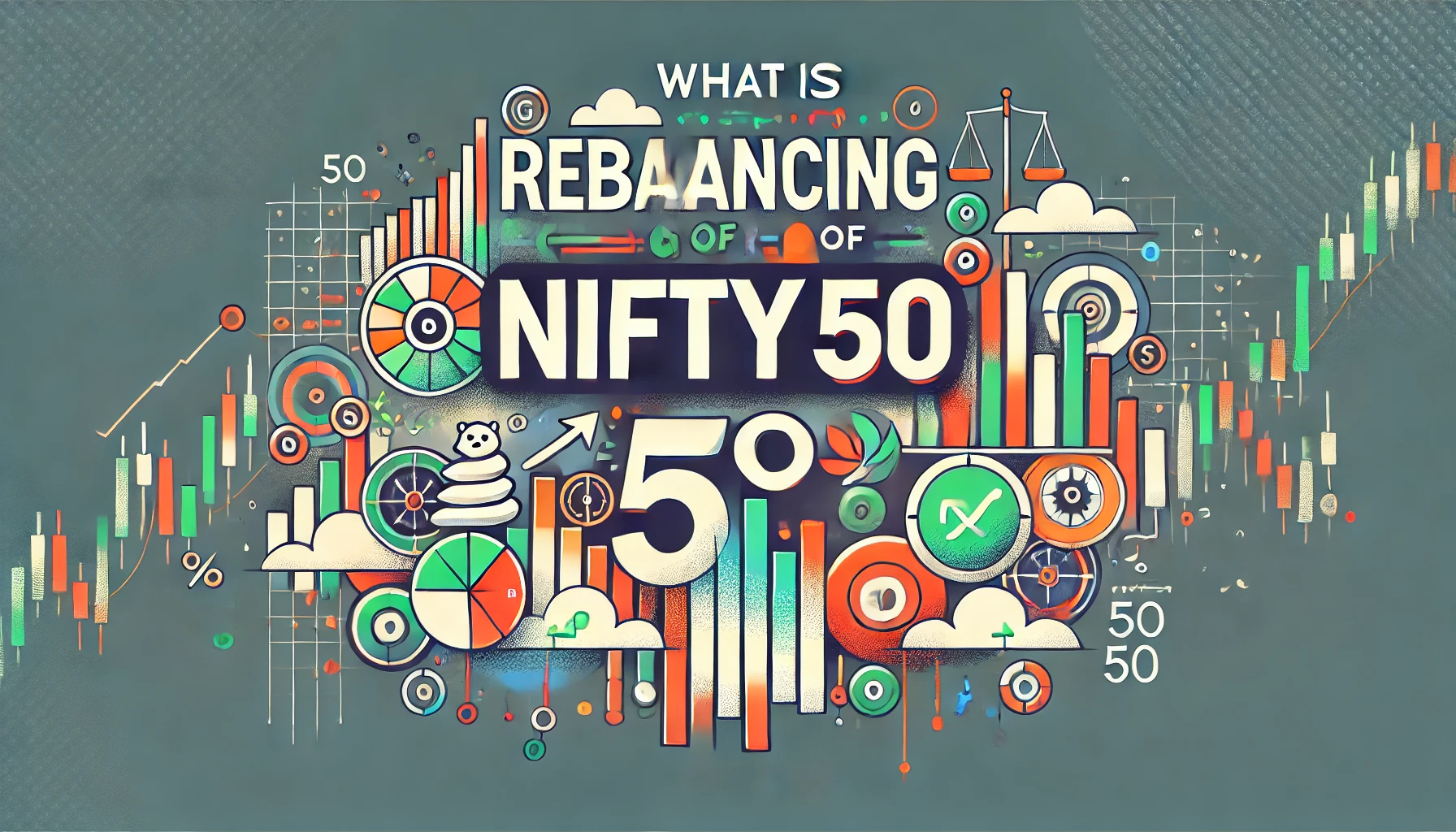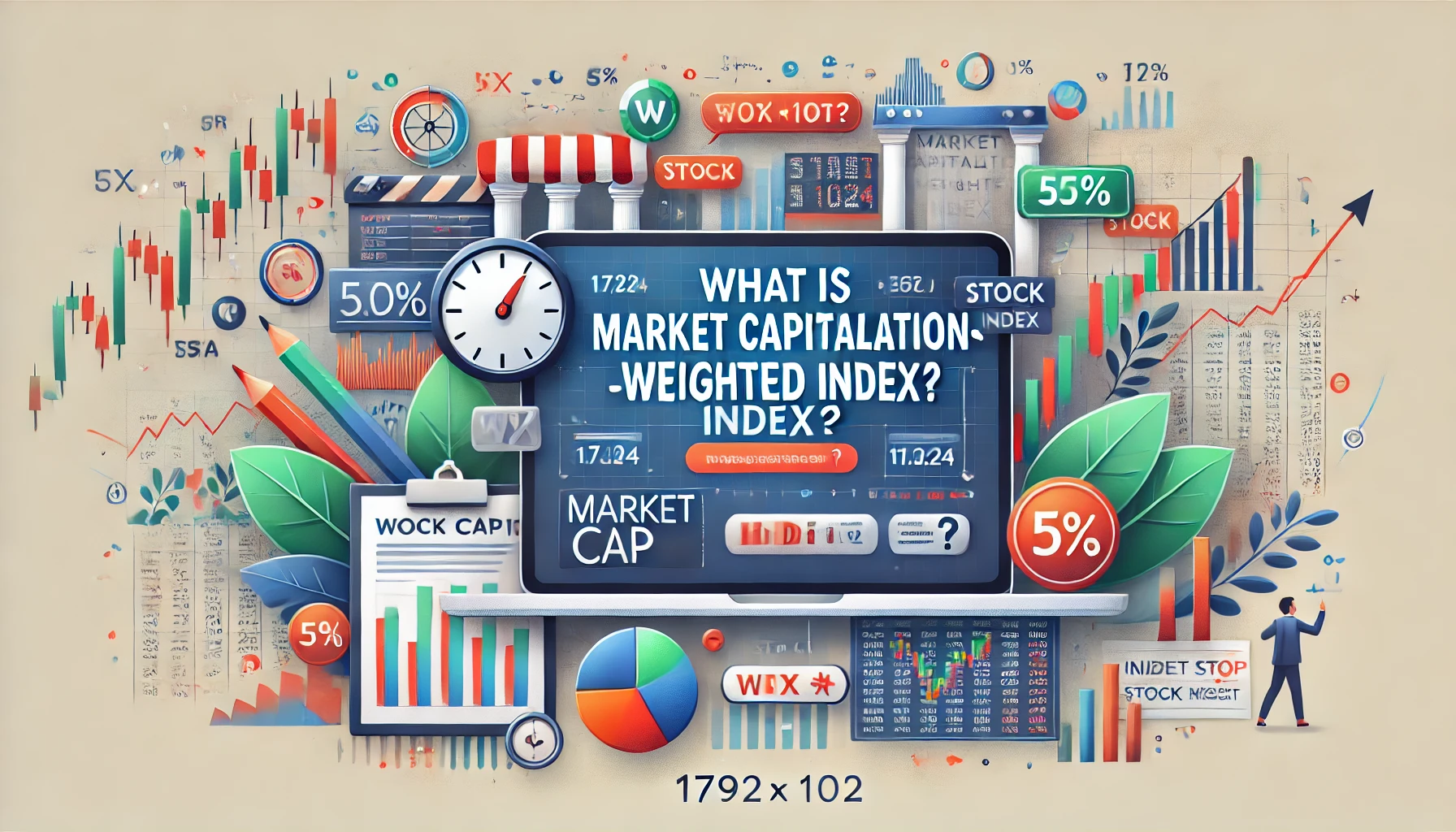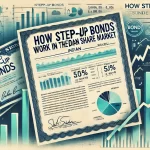Quantitative Easing (QE) is a monetary policy tool used by central banks to inject liquidity into the financial system, primarily during economic downturns. It involves the large-scale purchase of government securities or other financial assets, effectively increasing the money supply and encouraging lending and investment. While its origins lie in the global financial crisis of 2008, the Indian market has also felt the ripple effects of QE policies implemented globally.
The Basics of Quantitative Easing
At its core, QE aims to stimulate economic activity when traditional monetary policies, like reducing interest rates, prove insufficient. Here’s how it works:
- Central Bank Purchases: The Reserve Bank of India (RBI) or other central banks buy long-term securities from the open market.
- Increased Money Supply: These purchases inject capital into the economy, encouraging banks to lend more.
- Lower Interest Rates: Increased liquidity leads to reduced interest rates, making borrowing cheaper.
- Economic Stimulus: Cheaper credit boosts consumption, investment, and overall economic activity.
The Evolution of QE Globally
| Year | Country | Event Leading to QE | Impact on Markets |
|---|---|---|---|
| 2008 | United States | Global Financial Crisis | U.S. Federal Reserve initiated large-scale asset purchases, stabilizing markets. |
| 2011 | Eurozone | Sovereign Debt Crisis | European Central Bank adopted QE to lower borrowing costs for member nations. |
| 2020 | Global | COVID-19 Pandemic | Central banks worldwide implemented QE to counter the economic shock of the pandemic. |
India has not officially adopted QE but has indirectly benefited from the inflow of foreign capital driven by global QE programs.
QE’s Impact on the Indian Share Market
1. Increased Foreign Portfolio Investments (FPIs)
Global QE often leads to higher foreign investments in emerging markets like India. Excess liquidity in developed markets drives investors to seek higher returns, boosting Indian equities.
2. Rising Market Indices
Periods of global QE have coincided with significant rallies in Indian stock indices such as the Sensex and Nifty. For example:
- 2009-2010: Following the U.S. Federal Reserve’s QE1, the Sensex rose sharply.
- 2020-2021: The Fed’s pandemic-induced QE brought record FPIs into India.
3. Sectoral Impacts
Certain sectors, such as technology, pharmaceuticals, and banking, have historically benefited from QE-induced capital inflows due to their global exposure and growth potential.
| Year | Event | FPI Inflows (₹ Crores) | Sensex Growth (%) |
|---|---|---|---|
| 2009 | Post-QE1 | 83,000 | 75 |
| 2020 | Post-COVID QE | 2,74,000 | 68 |
Mechanisms of QE
Asset Purchase Programs
Central banks purchase assets to inject liquidity. These include:
- Government Bonds
- Corporate Bonds
- Mortgage-Backed Securities
Reserve Ratios
Banks receive increased reserves, encouraging lending to businesses and individuals.
Yield Curve Control
QE policies often target specific yields on government bonds to stabilize interest rates.
Benefits and Challenges of QE in the Indian Context
Benefits:
- Economic Growth: Stimulates credit, investment, and consumer spending.
- Stock Market Growth: Increases liquidity and drives investment in equities.
- Export Competitiveness: A weaker domestic currency due to QE makes Indian exports more attractive.
Challenges:
- Inflation Risk: Excess liquidity can lead to higher inflation.
- Asset Bubbles: Overvaluation in stock and real estate markets due to speculative investments.
- Dependence on FPIs: Reliance on foreign inflows makes the market vulnerable to global shocks.
Historical Perspective of QE and Indian Markets
| Global QE Phase | Impact on India |
|---|---|
| 2008-2010 | Surge in FPIs; Indian market recovered quickly post-2008 crash. |
| 2013 (Taper Tantrum) | U.S. Fed’s hint at QE tapering led to FPI outflows, weakening the rupee. |
| 2020-2021 | Record FPI inflows; Sensex crossed 50,000 for the first time in early 2021. |
How Investors Should Approach QE
For Retail Investors:
- Diversify Portfolios: Balance equity with bonds and alternative investments.
- Focus on Defensive Sectors: Healthcare and FMCG often perform well during liquidity surges.
For Institutional Investors:
- Monitor Global Policies: Stay updated on central bank announcements.
- Utilize Derivatives: Hedge against volatility using futures and options.
Future of QE and Indian Markets
With global economies recovering post-pandemic, the trajectory of QE will significantly shape the Indian financial landscape. Investors should remain cautious about:
- Policy Tightening: Central banks withdrawing liquidity could lead to corrections.
- Geopolitical Risks: Events impacting global markets will affect Indian equities.
Conclusion
Quantitative Easing has played a pivotal role in shaping global financial markets, including India’s. By understanding its mechanisms and impacts, investors can navigate market fluctuations and capitalize on opportunities. While QE provides a temporary boost, prudent investment strategies remain essential for long-term success.
This comprehensive analysis highlights the interplay between global policies and the Indian share market, offering insights for informed decision-making.
